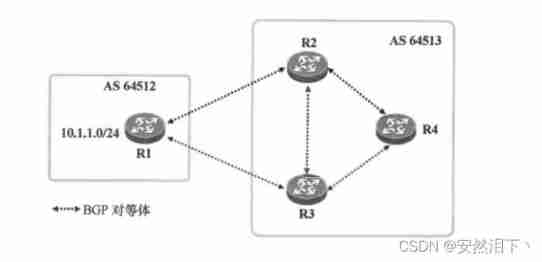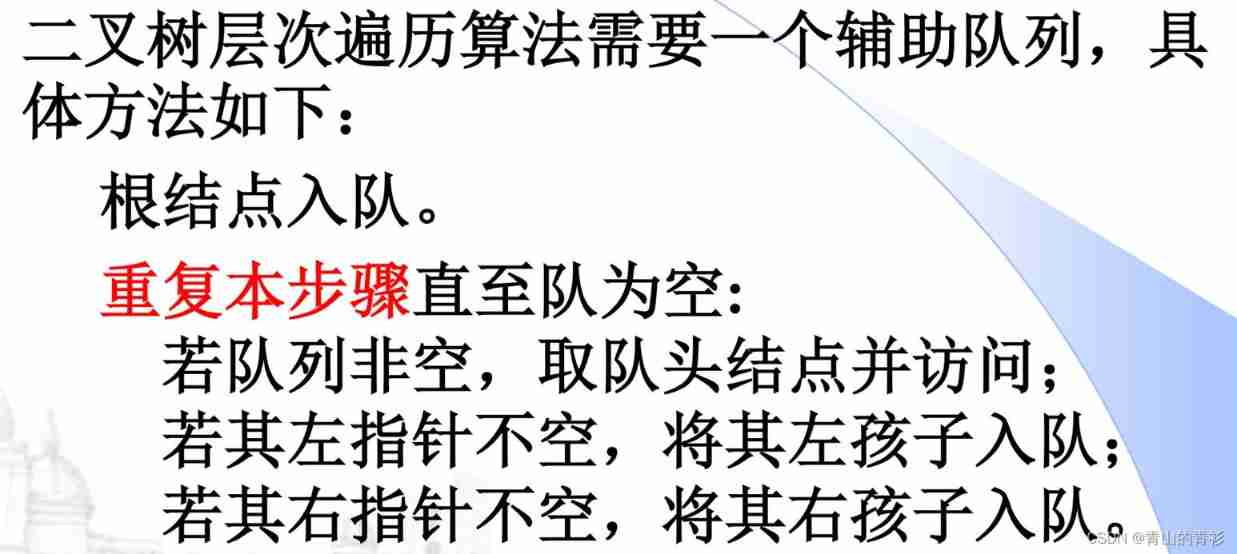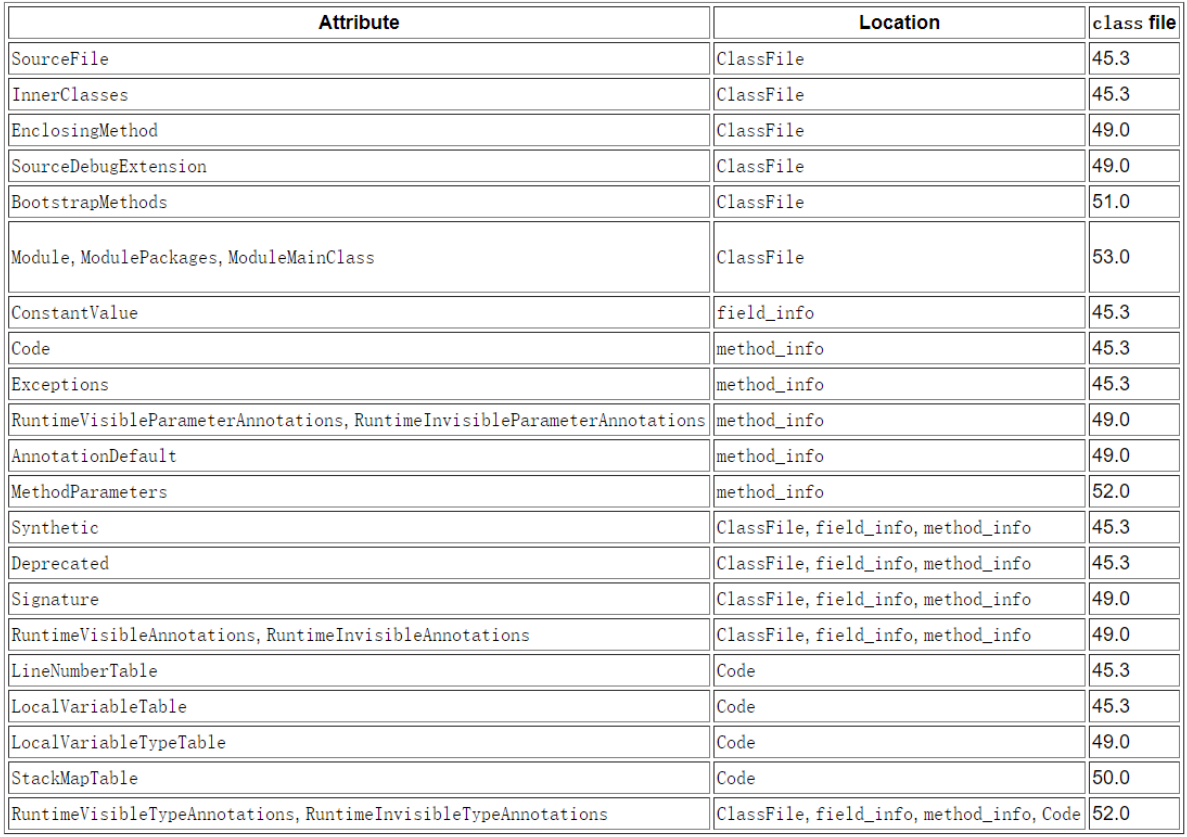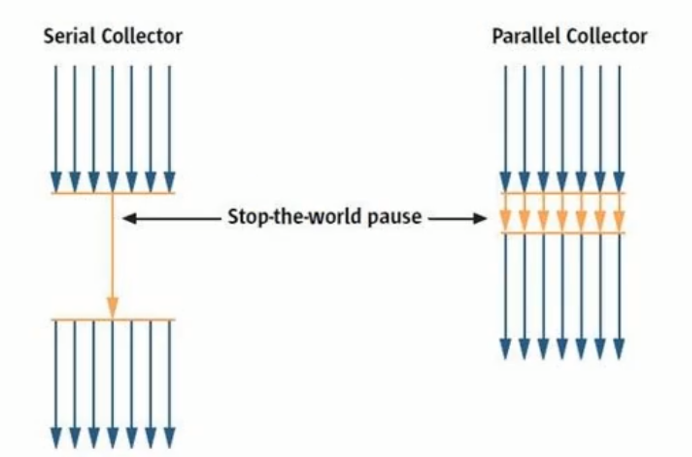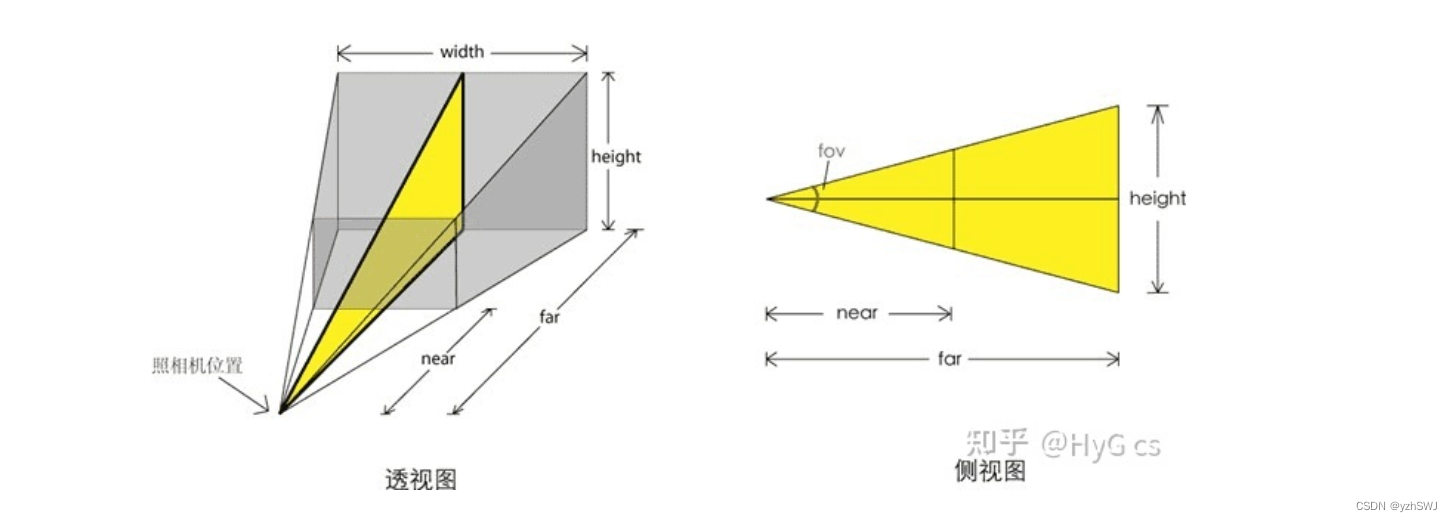1. WebGL Medium VBO
1.1. establish WebGLBuffer
WebGL Use TypedArray Data transfer , this WebGPU It's the same .
The following code is WebGL 1.0 The conventional VertexBuffer establish 、 assignment 、 The configuration process .
const positions = [
0, 0,
0, 0.5,
0.7, 0,
]
/*
Create shader program program...
*/
// obtain vertex attribute Position in shader
const positionAttributeLocation = gl.getAttribLocation(program, "a_position")
//#region establish WebGLBuffer And bind the , Write data immediately
const positionBuffer = gl.createBuffer()
gl.bindBuffer(gl.ARRAY_BUFFER, positionBuffer)
gl.bufferData(gl.ARRAY_BUFFER, new Float32Array(positions), gl.STATIC_DRAW)
//#endregion
//#region Enable the corresponding attribute, Bind the data again , And let us know WebGL How to read VertexBuffer
gl.enableVertexAttribArray(positionAttributeLocation)
gl.bindBuffer(gl.ARRAY_BUFFER, positionBuffer)
gl.vertexAttribPointer(positionAttributeLocation, size, type, normalize, stride, offset)
//#endregion
WebGL adopt gl Variable createBuffer、bindBuffer、bufferData Method to create a buffer 、 Bind the current buffer to be used and the purpose of the buffer 、 Pass to buffer CPU Terminal TypedArray Data and indicate the drawing mode , adopt gl Variable enableVertexAttribArray、vertexAttribPointer Method to enable attribute Pit position 、 Tell shaders how to get from VertexBuffer Get vertex data in .
1.2. Vertex shader
A very simple vertex shader :
precision mediump float;
attribute vec2 a_position;
void main() {
gl_Position = vec4(a_position, 0.0, 0.0);
}
If you use a higher version of syntax ( for example WebGL 2.0 Use a higher version of glsl grammar ), You could write it like this :
#version 300 es
precision mediump float;
layout(location = 0) in vec2 a_position;
void main() {
gl_Position = vec4(a_position, 0.0, 0.0);
}
2. WebGPU
2.1. establish GPUBuffer And transfer data
const verticesData = [
// coordinate xy // Color RGBA
-0.5, 0.0, 1.0, 0.0, 0.0, 1.0, // ← The vertices 1
0.0, 0.5, 0.0, 1.0, 0.0, 1.0, // ← The vertices 2
0.5, 0.0, 0.0, 0.0, 1.0, 1.0 // ← The vertices 3
])
const verticesBuffer = device.createBuffer({
size: vbodata.byteLength,
usage: GPUBufferUsage.VERTEX,
mappedAtCreation: true // Map immediately upon creation , Give Way CPU The client can read and write data
})
// Give Way GPUBuffer Map out a piece CPU End memory , namely ArrayBuffer, At this point Float32Array Still empty
const verticesBufferArray = new Float32Array(verticesBuffer.getMappedRange())
// Pass data into this Float32Array
verticesBufferArray.set(verticesData)
// Make GPUBuffer Unmap , here verticesBufferArray That memory can be GPU visit
verticesBuffer.unmap()
WebGPU establish VertexBuffer It is to call the device object createBuffer Method , Return to one GPUBuffer object , What it needs is to specify GPUBuffer Type and buffer size . How to write this buffer ? Then I have to mention “ mapping ” The concept .
Mapping is simply to let CPU/GPU Unilateral access . Create... Here GPUBuffer There is one of the parameters of mappedAtCreation It means mapping when creating .
About WebGPU in Buffer Mapping 、 demapping , I have a special article about , Don't expand too much here .
In the above code verticesBuffer.getMappedRange() Back to a ArrayBuffer, Then set Operation to fill data . After data filling , It also needs to be unmap To solve the mapping , For follow-up GPU Access to .
2.2. Pass the format information of vertex buffer to vertex shader
Vertex shading phase is Render pipeline (GPURenderPipeline) An integral part of , The pipeline needs to know the data specification of vertex buffer , Told by the shader module .
Creating a rendering pipeline requires Shader module object (GPUShaderModule), The creation parameter of vertex shader module has one buffers attribute , Is an array , Used to describe the vertex data specifications accessed in vertex shaders :
const vsShaderModule = device.createShaderModule({
// ...
buffers: [
{
// 2 individual float32 representative xy coordinate
shaderLocation: 0,
offset: 0,
format: 'float32x2'
}, {
// 4 individual float32 representative rgba Color value
shaderLocation: 1,
offset: 2 * verticesData.BYTES_PER_ELEMENT,
format: 'float32x4'
}
]
})
For details, please refer to the official API About device objects in the document createShaderModule Method requirements .
2.3. Set the vertex buffer in the render channel
Use Render channel encoder (GPURenderPassEncoder) To encode the whole process of a single rendering channel , One step is to set the vertex buffer of this channel . This is simpler :
// ...
renderPassEncoder.setVertexBuffer(0, verticesBuffer)
// ...
2.4. Vertex shader
struct PositionColorInput {
@location(0) in_position_2d: vec2<f32>;
@location(1) in_color_rgba: vec4<f32>;
};
struct PositionColorOutput {
@builtin(position) coords_output: vec4<f32>;
@location(0) color_output: vec4<f32>;
};
@stage(vertex)
fn main(input: PositionColorInput)
-> PositionColorOutput {
var output: PositionColorOutput;
output.color_output = input.in_color_rgba;
output.coords_output = vec4<f32>(input.in_position_2d, 0.0, 1.0);
return output;
}
WGSL Shader code can customize the entry function name of vertex shader 、 The structure of the incoming parameter , You can also customize the output of the next stage ( That is, the return value ) Structure .
You can see , In order to receive from WebGPU API Vertex attributes passed in , That is, in the custom structure PositionColorInput In structure xy coordinate in_position_2d, And color values in_color_rgba, There needs to be one “ characteristic ”, be called location, Its value in parentheses is the same as that in the shader module object shaderLocation Must correspond to .
And for output , The code corresponds to the structure PositionColorOutput, The next stage ( That is, the segment coloring stage ) The output uses built-in features (builtin), be called position, And a customized one vec4:color_output, It is the rasterized color in the clip shader , These two outputs , similar glsl Medium varying( perhaps out) effect .
2.5. Application of buffered data in memory and video memory 、 Delivery and destruction
establish GPUBuffer When , without mappedAtCreation: true, So memory 、 Video storage has not been applied .
After code testing , When the mapping request is executed and the mapping is successful , Memory will occupy the corresponding GPUBuffer Of size, Now it's done ArrayBuffer The creation of , It takes up space .
So when will video storage be applied for ? Guess it is device.queue.commit() when , Instruction buffers carry various channels 、 Various Buffer Pass it on to GPU, Execute instruction buffer , I hope some experts can test my guess .
As for destruction , I use destory Method test CPU Memory condition of , It was found that it was not recycled within two minutes , This is to be tested ArrayBuffer The recovery of .
3. comparison
gl.vertexAttribPointer() The method works like device.createShaderModule() in buffers The role of , Tell the shader vertex buffer the data specification of a single vertex .
gl.createBuffer() and device.createBuffer() It's similar , Is to create a CPU In end memory Buffer object , But there is actually no incoming data .
Data transmission is not consistent ,WebGL Only one can be specified at a time VertexBuffer, therefore gl.bindBuffer()、gl.bufferData() A series of function calls follow the logic ; and WebGPU You need to go through mapping and unmapping .
stay WebGPU The most important thing is , stay renderPassEncoder Records from draw Before the order , To be called renderPassEncoder.setVertexBuffer() Method explicitly specifies which VertexBuffer.
Shader code, please compare and study by yourself , Just grammatical differences .
4. VertexArrayObject
VAO I have also written an article 《WebGPU Disappeared in VAO》, We will not expand it in detail here , Interested readers please move to my blog list to find .
WebGPU There's no need for VAO 了 , From the WebGPU The mechanism of WebGL Different ,VAO Itself is OpenGL The concept proposed by the system , It can save WebGL The burden of switching vertex related states , That is to help you cache one VBO Setting state of , Without having to gl.bindBuffer()、gl.bufferData()、gl.vertexAttribPointer() Wait again .
WebGPU The assembly thought of is naturally related to VAO It's consistent .VAO The functions of are transferred to GPURenderPipeline complete , Its creation parameters GPURenderPipelineDescriptor.vertex.buffers The attribute is GPUVertexBufferLayout[] Type of , Every one of these GPUVertexBufferLayout The object has a part VAO Functions .

